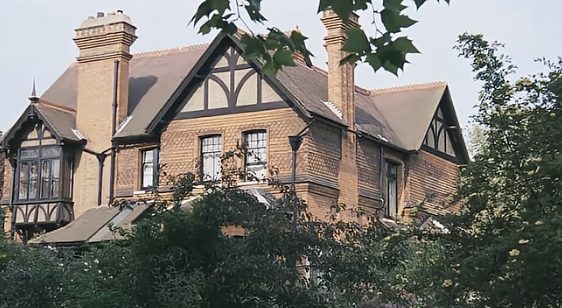The wealthy don’t just earn differently—they spend differently. While most people focus on cutting expenses, the rich look for spending opportunities that create tax advantages and wealth-building opportunities. I’ve personally used these strategies to transform ordinary purchases into extraordinary tax benefits.
The Art of Strategic Giving
My first wealth-building strategy involves art acquisition and donation. Here’s how it works: purchase art at a significant discount, enjoy it in your home or office for a few years, then donate it to a museum at fair market value for a substantial tax deduction.
This isn’t theoretical—I recently purchased $75,000 worth of art and, after enjoying it for two years, donated it at an appraised value of $450,000. The tax deduction I received far exceeded my initial investment, creating a financial win while supporting cultural institutions.
Historic Façade Easements: Preservation with Profits
The second strategy involves purchasing historic properties and using façade easements. When you buy a charming historic building, you can donate a façade easement to a preservation nonprofit, essentially promising to maintain the building’s historic character.
This arrangement creates multiple benefits:
- You receive a tax deduction of up to 30% of your adjusted gross income
- The deduction can be carried forward for five years
- You continue to own, occupy, and collect rental income from the property
- The tax savings often exceed your initial down payment
This strategy allows you to own cash-flowing real estate while receiving significant tax benefits for preserving architectural heritage. It’s a perfect example of aligning personal financial interests with community benefit.
Conservation Easements: Environmental Protection with Tax Benefits
The third strategy involves conservation easements on land with development potential. I’ve seen property owners with 10-22 acre parcels carve out sections they never planned to develop and donate those development rights through conservation easements.
By legally restricting future development on portions of their land, these owners:
- Preserve natural views and environmental resources
- Receive charitable deductions equal to the forfeited development value
- Maintain ownership and use of their property
- Create lasting environmental protection
This approach transforms land ownership into both an environmental contribution and a tax advantage. The financial benefit comes from the difference between what you paid for the land and what developers would have paid for the development rights.
Thinking Like a Strategist, Not a Consumer
These strategies represent a fundamental shift in thinking. While most people approach spending as pure consumption, the wealthy view it as potential investment. The key difference is understanding tax code incentives that reward certain behaviors.
When you donate art, preserve historic buildings, or protect natural land, you’re not just spending money—you’re creating value for society while receiving financial benefits for yourself. This is how the wealthy approach their finances, and it’s available to anyone willing to learn the rules.
I’ve built my wealth not just by earning more, but by spending more strategically. By understanding these real-world arbitrage plays, you can transform your approach to spending and build wealth more efficiently than you ever thought possible.
Stop thinking like a consumer who just spends money. Start thinking like a strategist who saves on taxes while creating value. Your financial future depends on making this mental shift.







